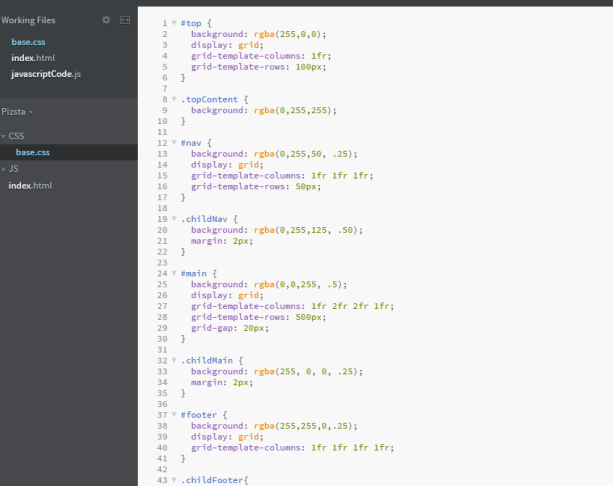
When working with larger projects, a unified system or pattern can be useful in keeping things organized and cohesive over time. Design patterns can be applied to general problems in software development, such as creating many similar objects with slight differences from a factory class which handles object creation within the program, or using decorators in a program to add specific attributes or behaviors on a per-object basis. But while these design patterns are helpful for solving singular problems, they often lack the scope necessary to layout and plan the entirety of a project or large program or application.
Architectural Patterns
I found an article written on the blogging platform Medium https://medium.com/@nethmihettiarachchi484/common-software-architectural-patterns-in-a-nutshell-7df312d3989c which briefly explained the concept of Architectural patterns, which refer to higher-level guidelines and decisions made regarding a piece of software as a whole, rather than one specific problem within the code. This was confusing at first, but as the article provided brief explanations (and examples) of various architectural patterns, I was able to grasp the concept more conclusively. Now I will go into detail regarding two patterns I found likely to be useful and the kinds of programs they would be most applicable to.
The Layered Pattern uses a system of layers to group together similar functionality for ease of access and organization. Layers can set access rules for other layers (layer C has access to layers A and B, layer C only has access to layer B). For example, imagine a solitaire program, one layer controls drawing and taking input for interface components (windows, buttons, score etc) while another layer could contain the logical rules of the game solitaire, mechanics and random distribution of the cards (things the user would never need to access directly). For applications where there are a lot of similar behaviors which could be easily grouped into layers, the layered pattern makes a lot of sense.
Additionally, the Multi-tier pattern also concerns layers, in this case, entire systems (complete features, ie: user-input for input related features, display for display features) are grouped into tiers. A tier is a grouping of elements within the program which are interrelated, and seem most often used in web-related capacities or in online applications with various segments to consider (web browser, web, front-end and back-end could be potential tiers). Since each component or feature can only be part of one tier, individual tier choices will need to be carefully considered. Another major drawback is the amount of setup that goes into the process of implementation, since each of the tiers needs to exist as a grouping before the components can be assigned. I think this pattern would be most useful for large projects spanning multiple languages and technologies in the real world (web-applications for example, with front-end, back-end, browser components).
While I only highlighted two of the patterns discussed in this blog post, I think that layered and multi-tier patterns will be most useful for small-medium (layered) and large projects (multi-tier) in general.
Site referenced: https://medium.com/@nethmihettiarachchi484/common-software-architectural-patterns-in-a-nutshell-7df312d3989c
From the blog CS@Worcester – CodeRoad by toomeymatt1515 and used with permission of the author. All other rights reserved by the author.







